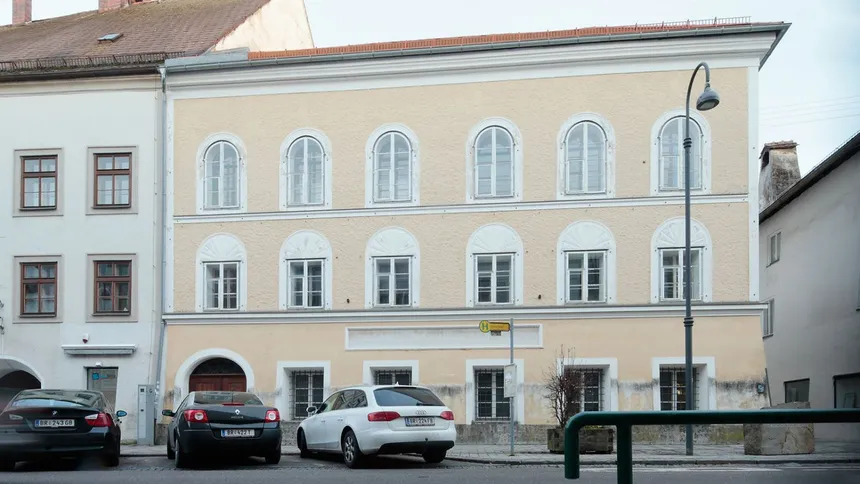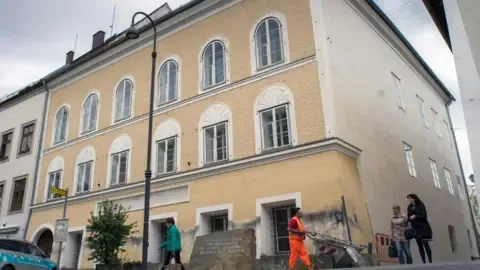The Austrian government has decided to transform the house in Braunau am Inn, where Adolf Hitler was born in 1889, into a police station. This decision was made in late 2019, and the project aims to make the building unattractive as a site of pilgrimage for those who glorify the Nazi dictator. The police are expected to occupy the premises in early 2026.
The building had been rented by Austria’s Interior Ministry since 1972 to prevent its misuse, and was sublet to various charitable organizations. It stood empty after a care center for adults with disabilities moved out in 2011. Prior to the construction project, there was a years-long dispute over the ownership of the house, which was eventually resolved in 2017 when Austria’s highest court ruled that the government was within its rights to expropriate the building after its owner refused to sell it.
The building is to be transformed into a police station, the district police headquarters, and a security academy branch where police officers will receive human rights training. A memorial stone with the inscription “for freedom, democracy, and liberty. Never again fascism. Millions of dead remind us” is to remain in place outside the house. The Austrian government argues that having the police, as the guardians of civil liberties, move in is the best use for the building.

House in Braunau am Inn
However, there has been criticism of the plan. Historian Florian Kotanko complained that there is a “total lack of historical contextualisation” and argued that the Interior Ministry’s intention of removing the building’s “recognition factor” by remodeling it is impossible to accomplish. Kotanko suggested that an exhibition on people who saved Jews under Nazi rule could be shown in the building to promote demystification and education.
The project is intended to make the building unattractive as a site of pilgrimage for those who glorify the Nazi dictator, and the police presence is seen as a way to dilute the building’s historical significance. Nevertheless, the transformation of the building into a police station has sparked controversy and criticism from some historians and experts.











































